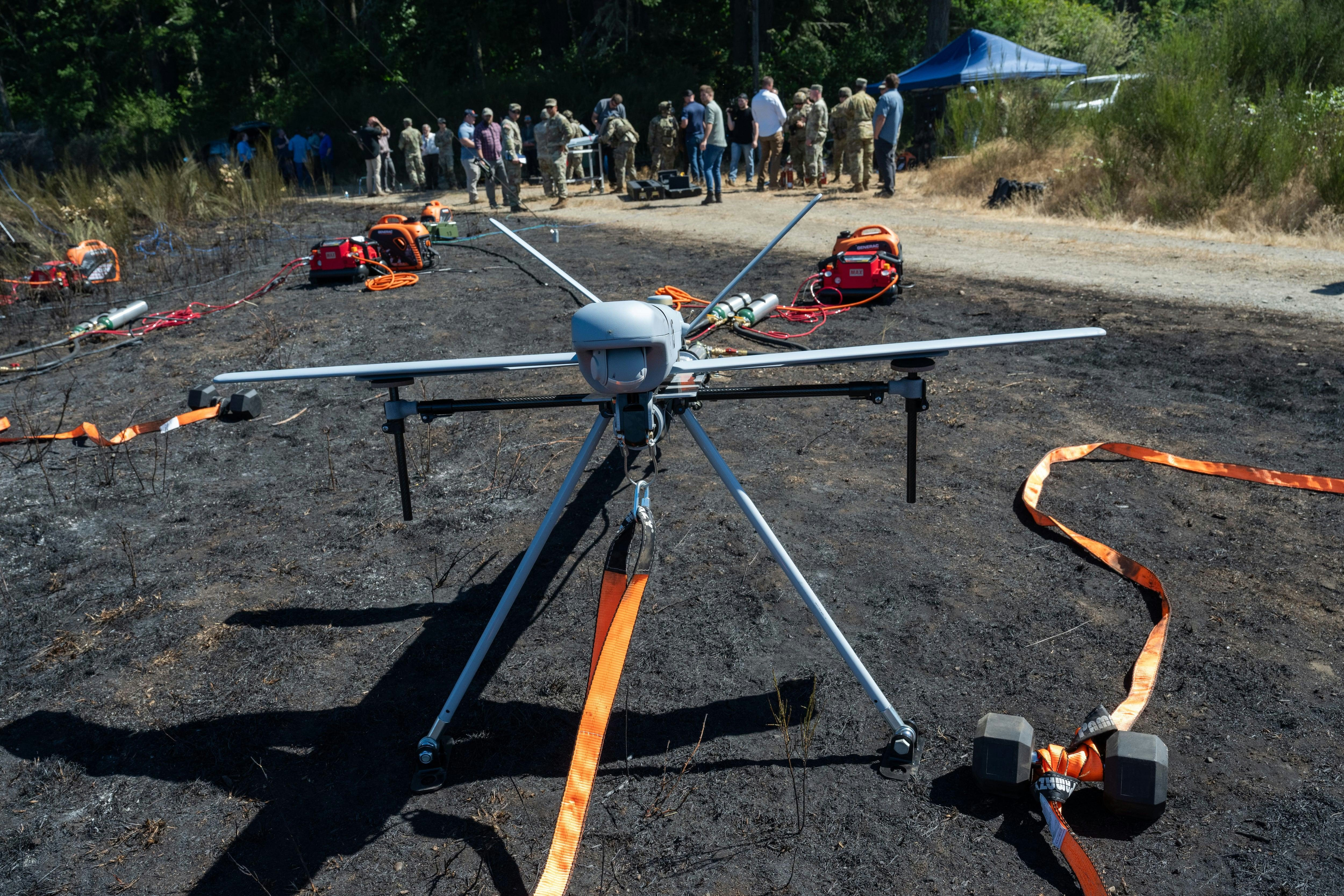
AeroGenie — あなたのインテリジェントな副操縦士。
現在のトレンド
Categories
The Reliability of the Boeing 777-300ER
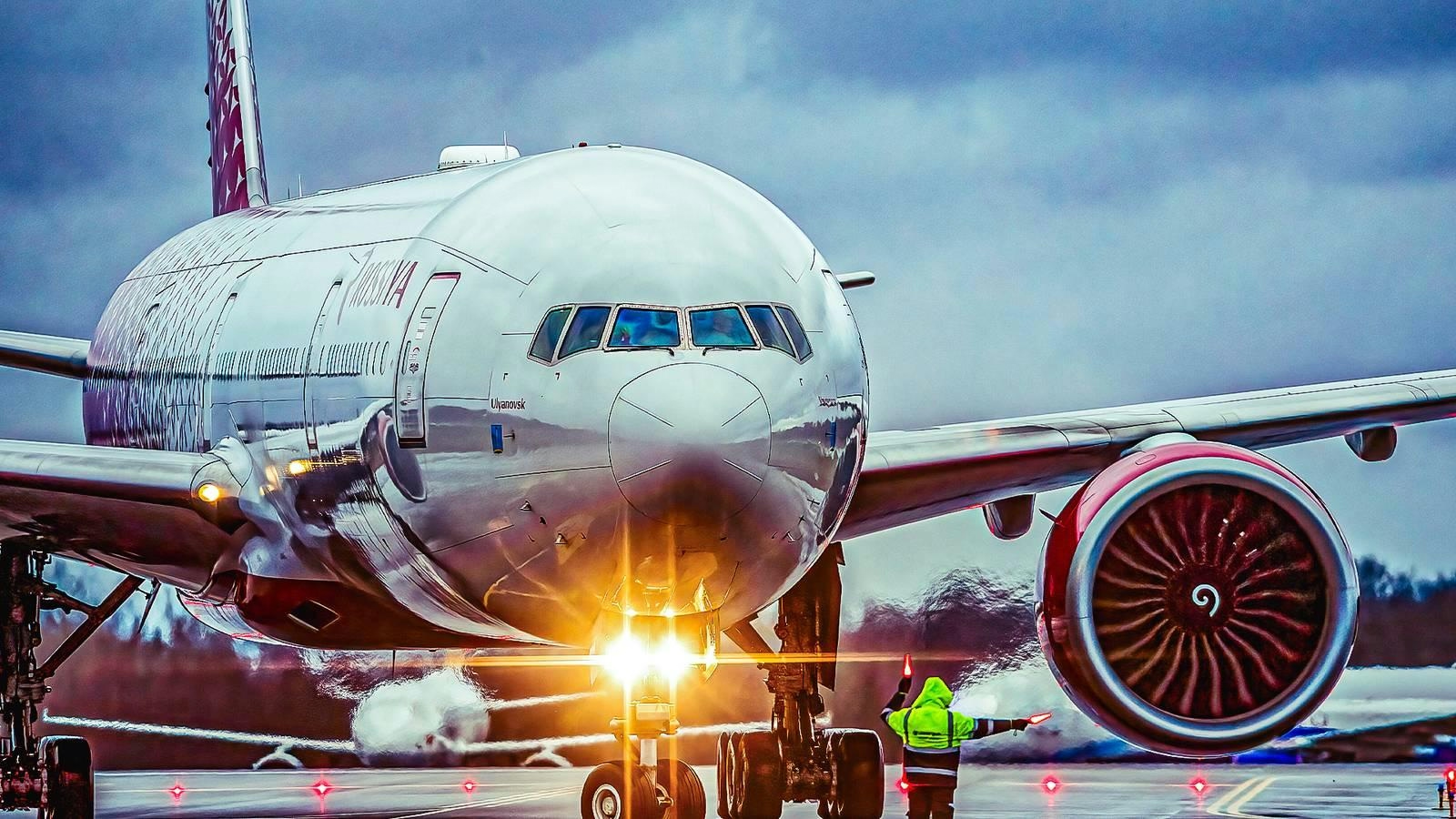
The Reliability of the Boeing 777-300ER
Since its introduction in 2004, the Boeing 777-300ER has earned a reputation as one of the most reliable widebody aircraft in commercial aviation. With over 830 units delivered, the aircraft has demonstrated exceptional dependability and safety. Boeing reports a dispatch reliability rate of 99.5% for the 777-300ER, indicating that nearly all scheduled flights depart on time without technical delays exceeding 15 minutes. This rate slightly surpasses the broader 777 family average of over 99%, positioning the 777-300ER among the most dependable twin-aisle jets currently in service.
Factors Contributing to Reliability
The 777-300ER’s strong reliability record can be attributed to several key factors. Its mature design benefits from extensive operational experience, which has allowed Boeing to address and resolve early production issues related to both the airframe and engines. The aircraft incorporates advanced fly-by-wire controls and robust system redundancies, enhancing operational dependability. Additionally, its long-haul twin-engine configuration draws on lessons learned from earlier Boeing models such as the 747 and 767. By utilizing two engines instead of four, as seen in quad-jet aircraft like the A380 or 747-8, the 777-300ER reduces complexity and potential points of failure, contributing to its high dispatch reliability.
While the 777-300ER’s reliability is notable, it is important to recognize that other modern widebody aircraft, including the Airbus A350 and Boeing 787 Dreamliner, also achieve dispatch reliability rates exceeding 99%. The A350 maintains a rate above 99%, and the 787 has steadily improved over time, overcoming initial technical challenges to become a reliable platform.
Safety Record and Operational Challenges
The safety record of the 777-300ER further reinforces its reliability. The aircraft has experienced eight hull losses, with investigations attributing most incidents to external factors or pilot error rather than technical faults. Despite this strong track record, the 777-300ER faces challenges related to fleet aging. The global fleet’s average age is approximately 11.6 years, placing many aircraft at mid-life, a phase when maintenance demands typically increase. This reality was underscored by Air Austral’s recent decision to retire its 777-300ER fleet due to persistent technical issues, illustrating how reliability can vary depending on operational context and fleet condition.
Market Position and Future Outlook
Despite some challenges, confidence in Boeing’s widebody aircraft remains robust. Turkish Airlines, for instance, has announced plans to expand its fleet with up to 75 Boeing 787 Dreamliners alongside additional 737 MAX jets, signaling strong market trust in Boeing’s newer models. The 777-300ER also continues to hold relevance in the cargo sector, with freighter conversion projects underway at the Kansas Modification Center and Kalitta Air. Both initiatives are progressing toward certification and operational evaluation, extending the aircraft’s service life in freight operations.
However, Boeing faces ongoing hurdles, exemplified by the delay of the next-generation 777X to 2027. This postponement highlights the complexities involved in developing new aircraft while striving to maintain the high reliability standards established by earlier models such as the 777-300ER.
In summary, the Boeing 777-300ER remains a benchmark for reliability among long-haul aircraft, maintaining its status even as the aviation industry evolves and new models enter service.

United Airlines Flight Returns to Dulles After Engine Failure on Takeoff

United Airlines flight makes emergency landing at Dulles after engine failure

The Impact of the New Air Force One’s Delayed 2028 Arrival on Aviation and Travel

United Airlines Restarts Controversial AI Scheduling for Flight Attendants
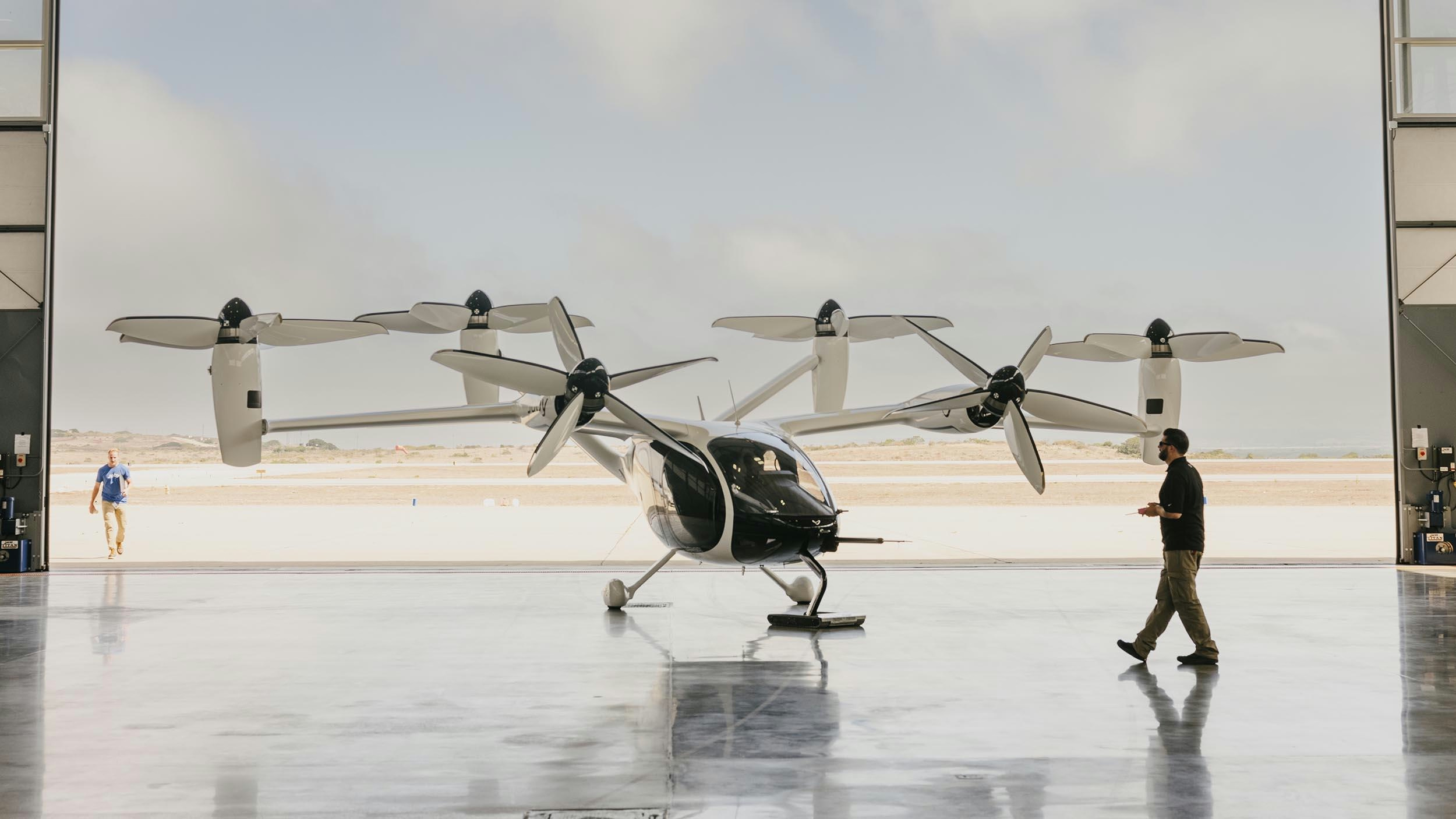
Joby Aviation’s Air Taxis Poised to Change Urban Travel and Tourism
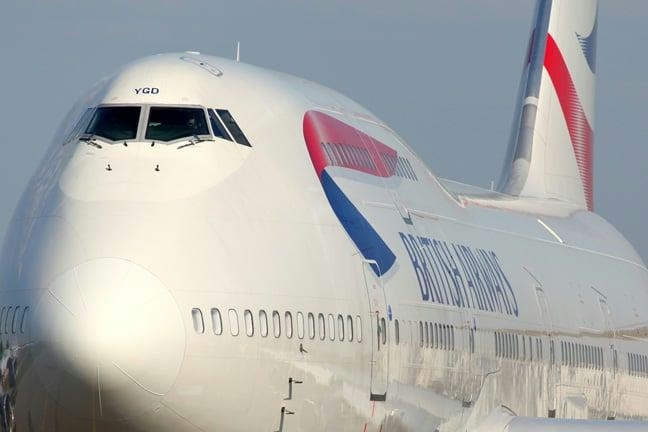
BA Chief Warns AI Agents May Diminish Brand Visibility
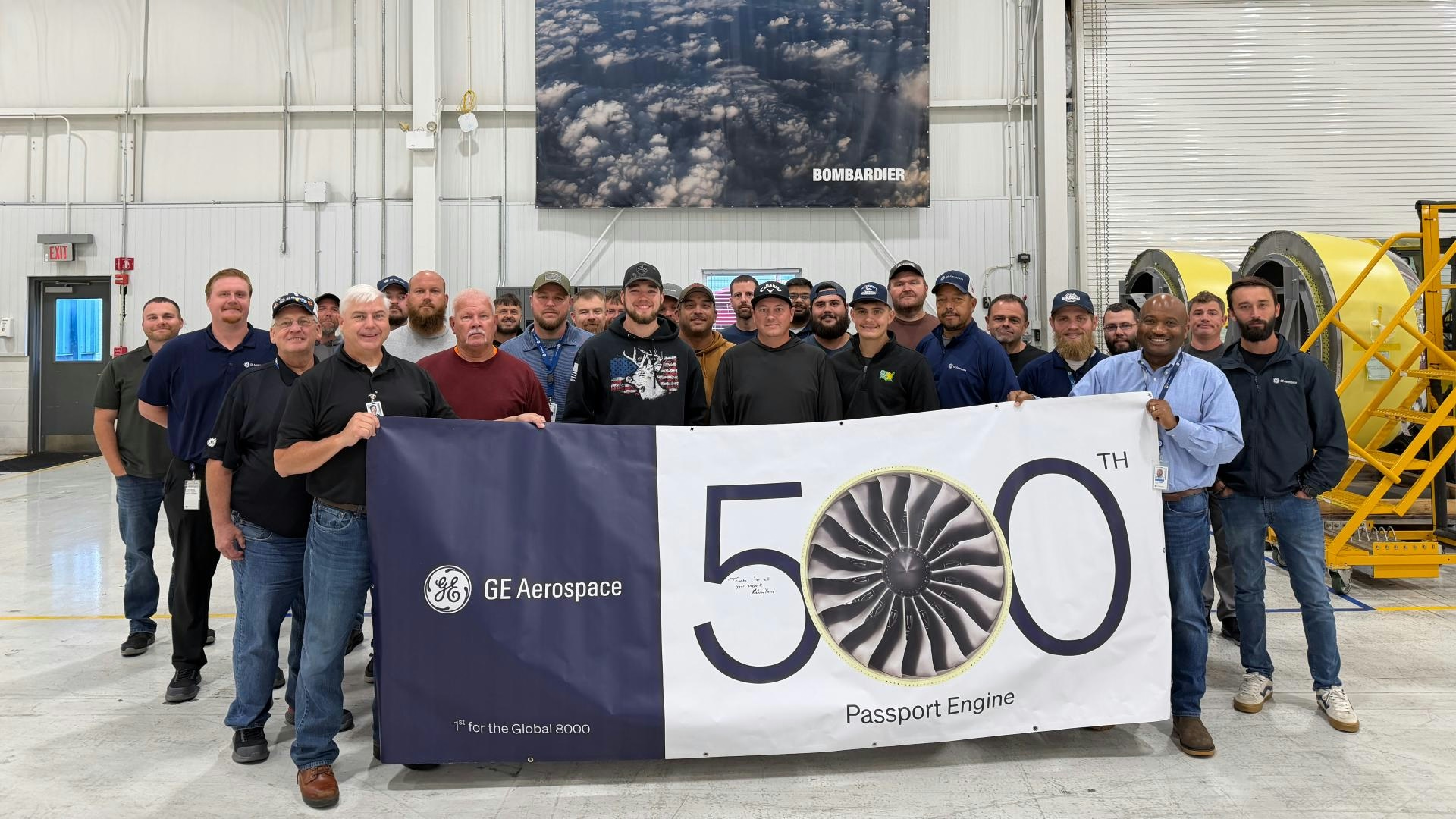
How GE Is Meeting Global Jet Engine Demand
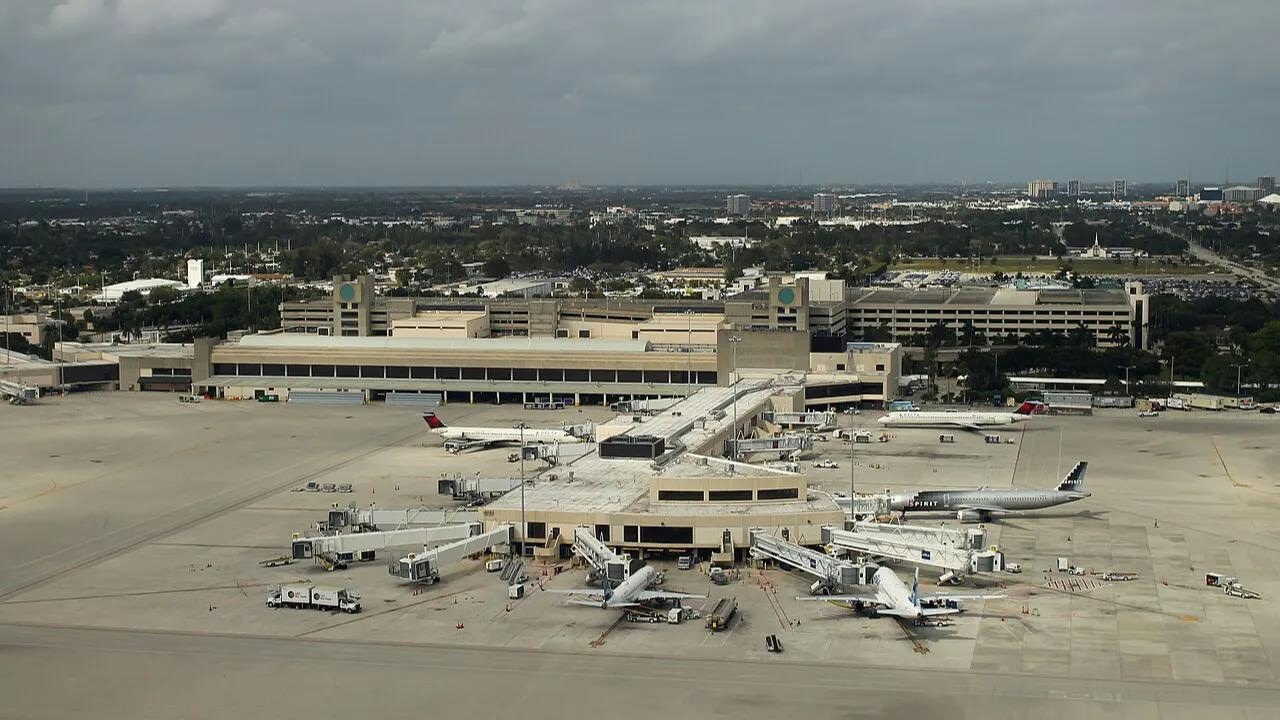
IATA Projects Airline Profits of $41 Billion in 2026
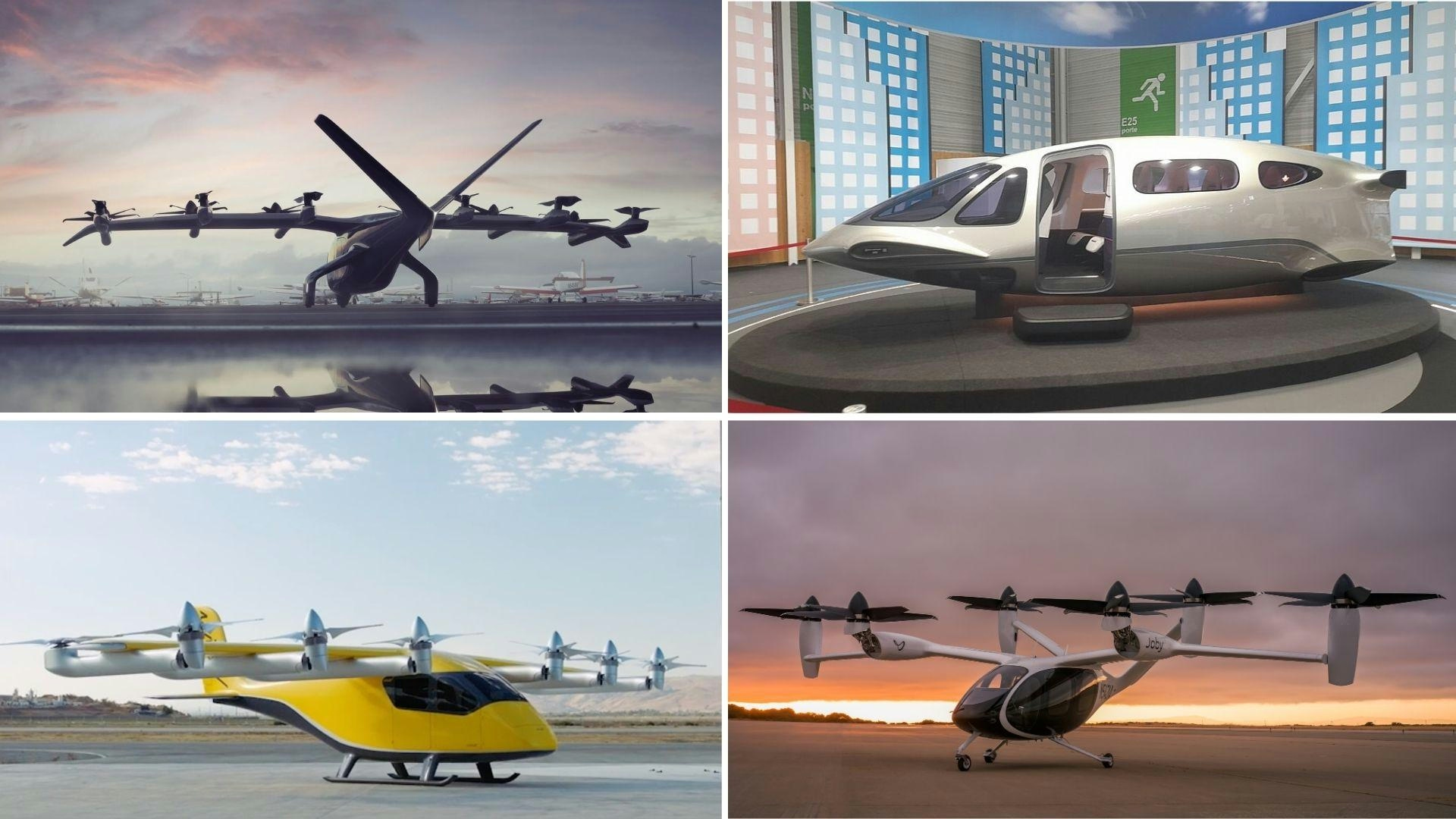
Five Air Taxis Poised to Shape Urban Mobility by 2026
